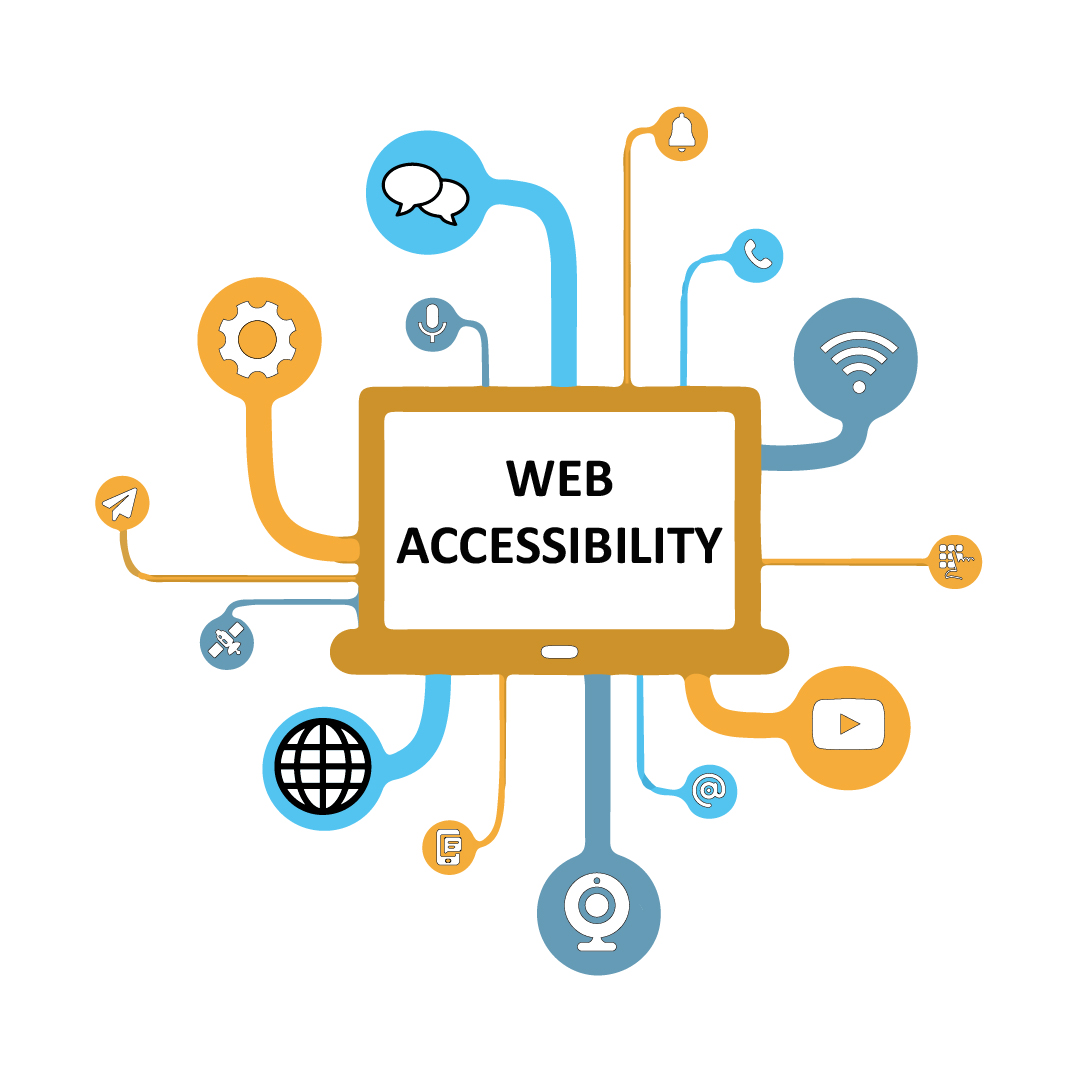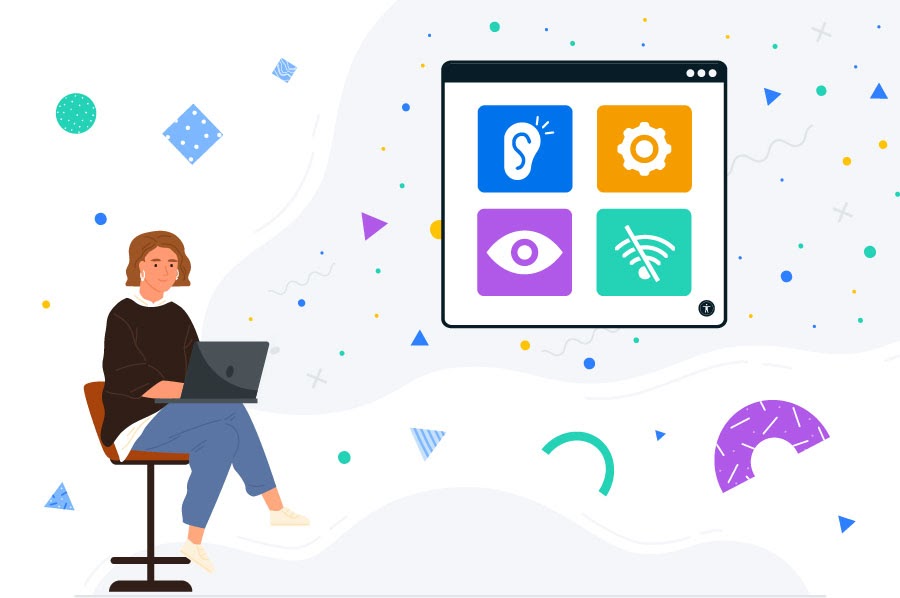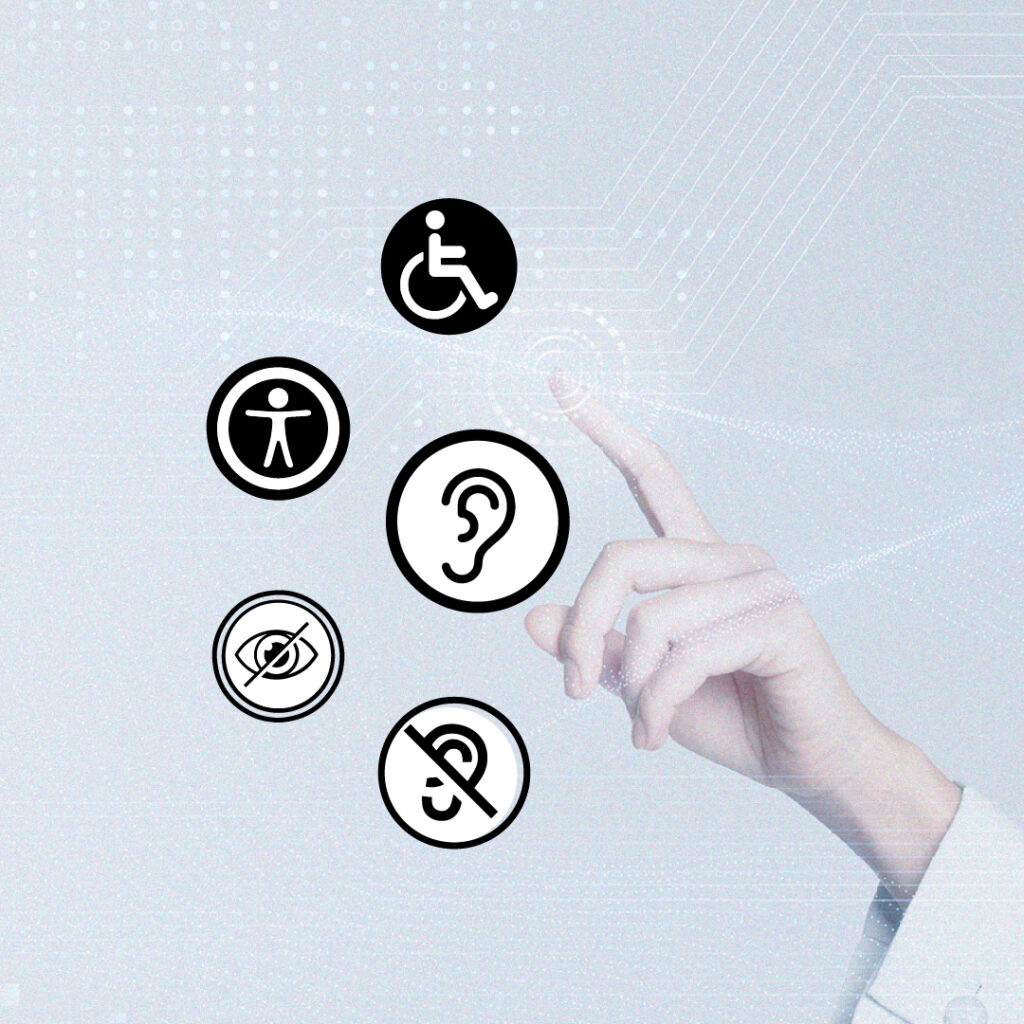
When web tools and websites are properly coded and designed, people with disabilities can use them. However, currently many tools and sites are developed with accessibility hurdles that make them challenging or impossible for some people to use. Making the web accessibility companies benefits society, business, and individuals.
The web was fundamentally designed to work for all people, whatever their software, hardware, ability, location, or language. When the web meets this goal, it is accessible to people with a wide range of movement, hearing, cognitive ability, and sight.
Thus the impact of disability is drastically changed on the web because the web eliminates barriers to interaction and communication that many people face in the physical world.
However, when applications, websites, tools or technologies are badly designed, they can create barriers that exclude people from using the web.
Accessibility is vital for organizations and developers that want to create high-quality web tools and websites, and include people for using their services and products.
So what is web accessibility?
Web accessibility means that tools, technologies and websites are developed and designed so that people with disabilities can use them. More precisely, people can:
? Navigate, understand, interact, and perceive with the web.
? Contribute to the web.
Web accessibility includes all disability that affect access to the web, including:
? Neurological
? Auditory
? Physical
? Visual
? Cognitive
? Speech
Web accessibility also aids people without disabilities, for example:
? People using smart TVs, smart watches, mobile phones, and other devices with different input modes, small screens, etc.
? Older people with changing capabilities due to aging.
? People with ?short-term disability? such as lost glasses or broken arm.
? People with ?situational limitation? such as in an environment where they cannot listen to audio or bright sunlight.
? People who have expensive or limited bandwidth, or using a slow internet connection.
According to the World Health Organization?s (WHO) 2022 world account on disability, 15% of the world?s population owns some sort of disability. This includes cognitive disabilities, as well as neurological and physical disabilities.
Rates of disability are only set to increase due to increase in chronic health conditions and aging population.
People with disabilities should be able to delight in the same access to information as those without. Fortunately, there are technologies available to remove or reduce the barrier to their digital access.

The provision of these benefits ensures that everyone, regardless of mental or physical capabilities, age, can use the internet and have good web experience.
Besides making the internet a more comprehensive place for everyone, a good accessibility strategy also has business benefits. Accessibility is a component of development and design that touches on almost every element of the website?s creation.
It overlaps the aspects of multi-modal interaction, mobile-friendly designs, usability, search engine optimization (SEO), device independence, and more. Accessible websites can have reduced maintenance costs, better search results, demonstrate corporate social responsibility (CSR), and increased audience reach.
Hence, having an accessible, well-designed website doesn?t just make your website available to those with disabilities, but it can also significantly improve the user experience for all users of your site.
The web is an important resource in many aspects of life: government, employment, education, healthcare, recreation, commerce, and more. It is essential that the web be accessible in order to provide equal opportunity and access to people with varied abilities.
Access to communication and information technologies, including the web, is defined as a basic human right in the United Nations Convention on the Rights of Persons with Disabilities.
Also Read: Web Content Accessibility Guidelines(WCAG)
As a part of the user experience (UX), developers can improve the website accessibility by using the Universal Design Principles when redesigning or building a website.
Doing so can guarantee the disabled community can access a particular website with the help of their beneficial technology.
1. Equitable use:
The design is marketable and useful to people with varied abilities.
2. Flexibility & Intuitive Use:
The design houses a wide range of individual abilities and preferences.
3. Intuitive and Simple Use:
Use of the design is easy to understand, regardless of the user?s knowledge, experience, current concentration level, or language skill.
4. Perceptible information:
The design communicates necessary information successfully to the user, regardless of the user's sensory abilities or ambient conditions.
5. Tolerance for error:
The design minimizes adverse consequences of unintended or accidental actions
6. Low physical effort:
The design can be used comfortably, with a minimum of fatigue, and efficiently
7. Space and size for use and approach:
Appropriate space and size is provided for reach, approach, use, and manipulation regardless of users body posture, mobility, or size.
Additionally, development teams can also follow the web content accessibility guidelines to ensure people with a wide variety of disabilities can use and access their apps, sites, and more. You can also use our website accessibility solutions to improve your traffic.
Business should consider some general factors while evaluating software testing companies
1. Location of the software testing team
2. Experience of the company handling the project like yours.
3. The company should have a flexible service model
4. Response time of the company
5. The cost of the service

Here is a list of popular web accessibility service companies:
1. QualityLogic
2. QA InfoTech
3. Applause
4.? ? Magic EdTech
5.? ? TFT
6. QA Consultants
7. Etelligens Technologies
8. TestingXperts
Many global users are mobility, hearing or visual impaired. Your mobile application and web must be accessible to such people. Accessibility testing services will ensure that your mobile application or website can be navigated and understood by challenged people, regardless of the technology and platform.
Acadecraft is helping the organizations to make their products and content accessible to the vulnerable and challenged section of the society through its expertly designed online Accessibility Service.
Share